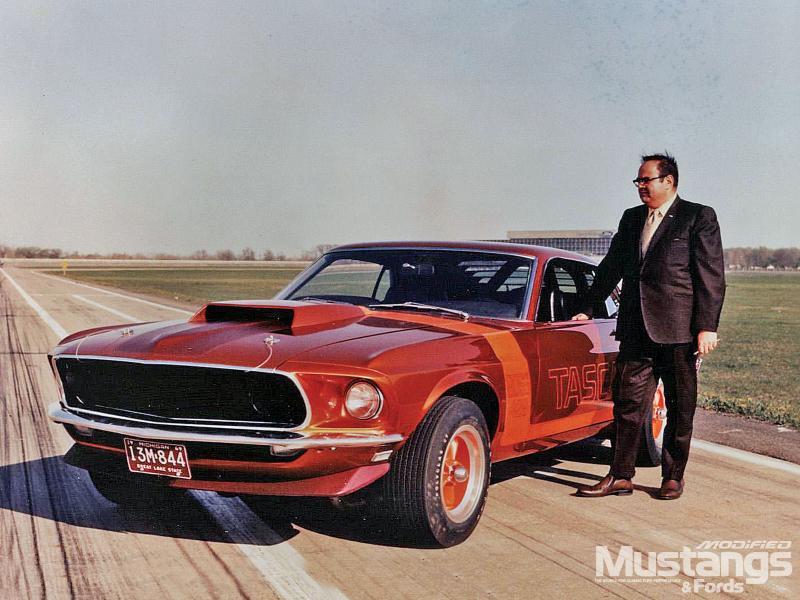Driverless cars, self-parking vehicles and new innovative luxury features such as heated seats and surround sound have been introduced over recent years – highlighting the rapid evolvement of automobile technology.
But, for many, vintage cars cannot be beaten. Older automobiles were designed differently – their flowing lines and curves unlike the cars of today. And, the drive is different too — original cars require more manual work from the owner which leads them to favour the journey over their destination. Acorn US, retailers of Straight Stairlifts and Acorn Stairlifts UK, take a closer look at classic cars from around the world…
Fiat 500 — Italy
Symbolic in Italy, like the Vespa, the Fiat 500 has been a mainstay in Italian car history since 1900 with 24 cars per year being produced initially.
Fiat has produced many products that weren’t related to the automobile industry, such as aircraft engines and military equipment during World War II.
Originally designed to be an affordable small car for everyone, the brand went on to produce many successful models in time such as the economical 514, the elegant 525 and the SuperFiat. The original Fiat 500, commonly known as Topolino, was launched in 1937. It stood out from competitors with a lowered aerodynamic nose profile whilst others had a flatter grille. Fiat went on to produce two further models of the 500, one in 1957 and the other in 2007.
The Topolino stood at just over 4ft tall and weighed in at just over half-a-ton, making it lightweight and compact compared to other automobiles on the market.
Cost of the classic car today: £4,000 – £50,000 depending on model, age and condition.
Mini — Britain
Iconic in Britain, the Mini has been around since 1959 since being mapped out on a napkin in an eatery in 1956 by Alec Issigonis. The Mini (Originally the Morris Mini Minor) went on to become the best-selling car in British History.
The automobile achieved what it was supposed to — provide passengers with plenty of legroom whilst remaining under 10ft long. In fact, 80% of the car was devoted to passenger and luggage space. Since the boot was smaller, Mini came up with a solution to maximise on space. The company offered the extra option of picnic wicker baskets which fit perfectly underneath the rear passenger seats and were ideal for transporting belongings from A to B.
Innovation was used when fitting the compact engine, it was unconventionally placed on its side in order to slide into the smaller space — a concept still used today when creating smaller vehicles. Wheels on other cars at the time were generally around 15 and 16 inches, those on the Mini however were a tiny 10-inches to maximise interior space.
Cost of the classic car today: £5,000 – £50,000 depending on the model, age and condition.
Volkswagen Beetle — Germany
The Beetle was a slow burner in Germany, taking nearly 11 years from being built to being drove by the German population. It’s not entirely known how the Beetle got its name. The first time the reference was used in print was in a 1958 edition of Autosport magazine and the use of the term continued to grow. As the first few cars started to be produced in 1938, the war began, and the factory was used primarily for war efforts.
The car was built with strength in mind over aesthetics — although it is its iconic profile that makes it sought after today. One of the features that many collectors love is the original split-rear window design that got replaced by a single oval window in 1952. Unlike smaller vehicles that were around at the same time, the Beetle accommodated for four adult passengers with plenty of storage beneath the seats and in the boot.
Depending on when the car was manufactured, collectors of the Beetle receive cars of different power. Originally made with 24 horsepower, the model underwent many engine enhancements which left the car with a horsepower of 57 by 1970.
Cost of the classic car today: £1,000 – £40,000 depending on model, age and condition.
Ford Mustang — America
The ‘Stang, originally manufactured in 1964, with the sixth generation of automobile still being sold today has been a hugely popular car in the states. The Mustang started the ‘pony car’ craze in America — a series of vehicles which were sporty and had a performance-oriented image. This class of cars were aimed towards a younger market than the traditional car buyer and they proved popular. In fact, 22,000 sales of the model were made on its release date.
The goal of the model was to make a car that was like no other. This was achieved through its sporty coupe silhouette and short rear decks. The generations that came after the ’64 version seemed to become wider and longer in size, yet still remaining as popular.
The classic Mustang was thought of as being the models between 1964 and 1972. This encompassed vintage models such as the Shelby Mustang Lineup, Boss Mustangs and the Cobra Jet.
Cost of the classic car today: £6,500 – £70,000 depending on model, age and condition.
Many collectors take great pride in restoring classic cars — often taking the entire vehicle apart and putting it back together with revamped parts. The prices of each model range massively due to the quality of the vehicle, the mileage and the model — which one takes your fancy?
Sources
http://www.telegraph.co.uk/motoring/car-manufacturers/mini/10456893/Mini-a-brief-history.html
http://www.autoexpress.co.uk/mini/89417/eight-design-innovations-that-made-the-mini
https://www.globalcarsbrands.com/fiat-logo-history-and-models/
https://www.caranddriver.com/flipbook/the-bugs-life-a-history-of-the-volkswagen-beetle#2
http://www.classiccarsforsale.co.uk/
https://www.topgear.com/car-news/usa/brief-history-ford-mustang

